How to comprehensively recover metal vanadium? The following is a brief introduction by Fodamon engineer, hoping to be helpful to you.
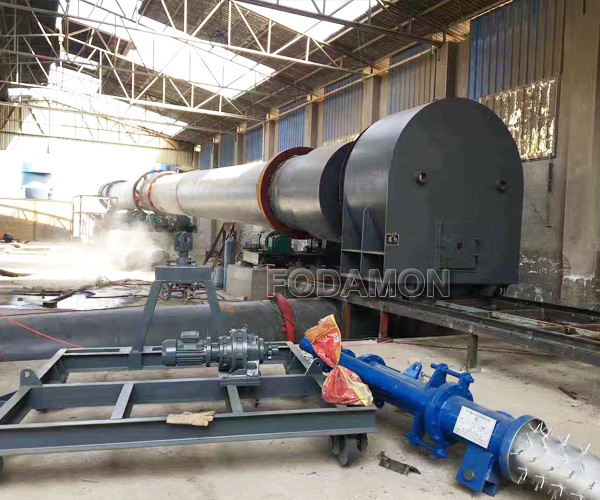
(1) Recovery from vanadium slag
Vanadium slag is a raw material for vanadium extraction with high vanadium content, and the recovery technology is relatively mature. At present, the general process is sodium roasting process, with different equipment. Large enterprises generally use rotary kiln, while some enterprises use roasting furnace.
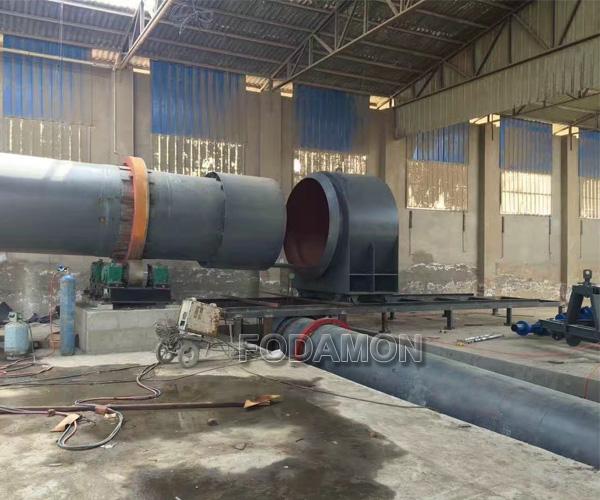
The technological process is to mix vanadium slag with sodium salt (generally sodium carbonate or mirabilite) and roast it at a certain temperature to turn vanadium into soluble sodium salt. The calcine is leached to make vanadate enter the solution. The solution is filtered to filter out the waste residue, and then vanadium pentoxide is obtained through precipitation, refinement and other processes. Some foreign enterprises directly use vanadium titanomagnetite with high vanadium content to produce vanadium pentoxide. First, the ore is made into concentrate, then mixed with flux, roasted in rotary kiln, the calcine is leached with water, the vanadium containing solution is treated with ammonium salt, and finally ammonium metavanadate is precipitated.
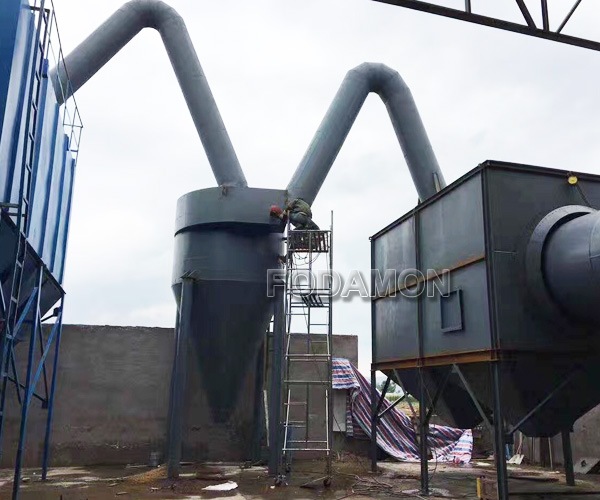
(2) Recovery from stone coal
The process of extracting vanadium from stone coal mainly includes sodium roasting process, sodium oxidation roasting – water leaching – hydrolysis vanadium precipitation – alkali soluble ammonium salt vanadium precipitation – pyrolysis ammonia removal – refined vanadium.
This process is widely used to extract vanadium from stone coal in China. It is characterized by simple process and makes full use of the heat energy of stone coal. The disadvantage is that the recovery rate is low, generally below 60%. The above process is adopted in the United States, but dilute sulfuric acid leaching and solvent extraction technology are adopted, and the recovery rate can reach 70%.
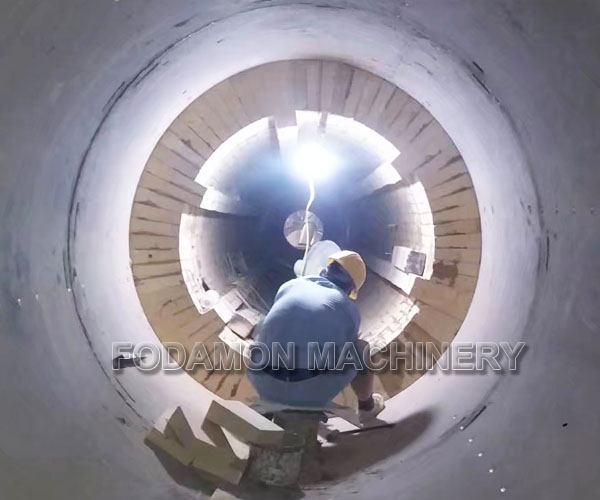
(3) Recovery from spent petroleum catalyst
The United States, Japan and other countries began to recover vanadium from petroleum vanadium containing waste catalyst in the 1970s. The technology has been mature, there are many processing processes, and many processes have been patented. The international common technology is sodium roasting method: batching → roasting → grinding → leaching and filtration → vanadium precipitation → calcination → vanadium pentoxide product ↓ solution → extraction and recovery of molybdenum → ammonium molybdate product ↓ slag → further recovery of nickel → metal nickel.
Although the economic and technical parameters of recovery processes in various countries are different, they basically refer to the above processes, and the processes adopted by enterprises in China to recover vanadium from spent catalysts in the petroleum industry are basically the same.
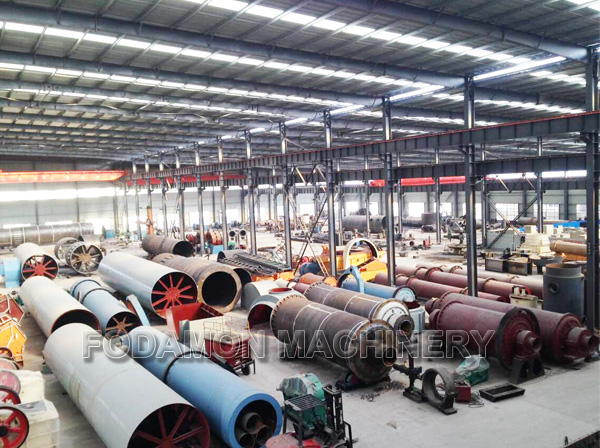
(4) Recovery of waste catalyst from sulfuric acid industry
The recovery of vanadium pentoxide from waste catalyst in sulfuric acid industry has long attracted the attention of countries all over the world. The former Soviet Union started earlier and its technology is relatively mature. There are many patent reports in Japan and the United States. The recovery of vanadium from waste vanadium catalysts in China’s sulfuric acid industry was carried out earlier. In the 1980s, a large number of experiments were carried out in Nanhua company, Chengdu Institute of technology, Beijing Institute of mining, Zhenjiang smelter and Pingdingshan 987 chemical plant, of which Pingdingshan 987 chemical plant has been put into production. At present, the technologies used include pyro wet combined process and all wet process, and the latter is widely used.
The process is as follows: waste catalyst → crushing → hydrochloric acid leaching → filtration → hydrolysis with sodium hydroxide → vanadium precipitation → refining → calcination → product.
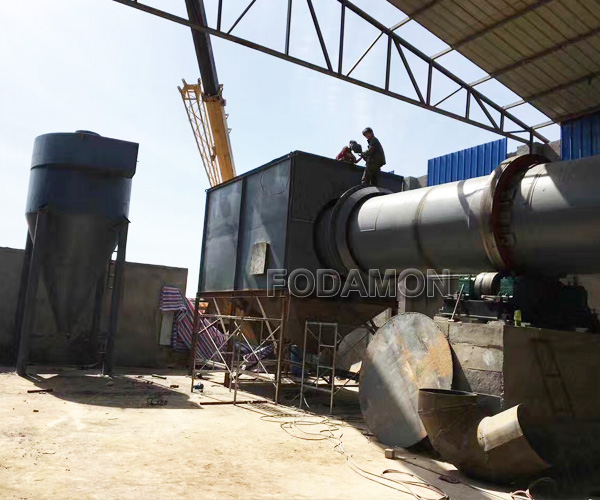
The wet process has the advantages of simple process, less investment and total recovery of more than 90%. The disadvantage is that the amount of waste liquid produced is large and can not be balanced. At present, China’s enterprises recovering vanadium pentoxide from waste vanadium catalyst in sulfuric acid industry adopt the above process, but the combined pyro wet process is not adopted.
Conclusion: the processes for extracting vanadium from vanadium containing materials include pyrometallurgical process, wet process, combined pyrometallurgical process and wet process. The most mature technology is sodium roasting, leaching and vanadium precipitation process, which is also a classic technology for vanadium extraction. Acid direct leaching process is generally used to recover vanadium pentoxide from waste vanadium catalyst in sulfuric acid industry. Vanadium pentoxide is an oxide, which is more acidic than alkaline. It dissolves in strong alkali to form vanadate, and dissolves in strong acid to form vanadium oxide ion VO or VO3 +. Orange or brick red solid. Odorless, tasteless and toxic. Slightly soluble in water to form light yellow acid solution. Vanadium pentoxide can be prepared by the thermal decomposition of ammonium metavanadate or the reaction of vanadium oxychloride with water.
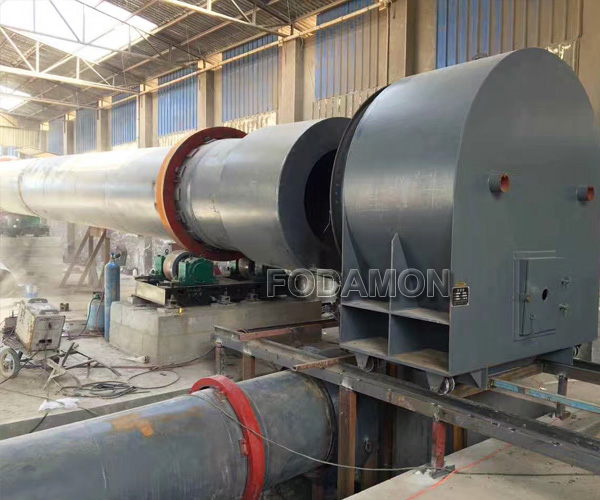
2NH4VO3 V2O5+2NH3+H2O→ 2VOCl3+3HO2 V2O5+6HCl
Vanadium pentoxide is the most widely used product in vanadium oxides. Vanadium pentoxide is generally used as the calculation unit in vanadium resource exploration, production and international trade. Vanadium pentoxide is an intermediate product for the production of metal vanadium, ferrovanadium alloy and other vanadium based alloys. It is also a raw material for the manufacture of vanadium catalyst. It can also be used as a catalyst for organic synthesis such as benzoic acid and phthalic acid, as well as for the manufacture of colored glass and ceramics.
